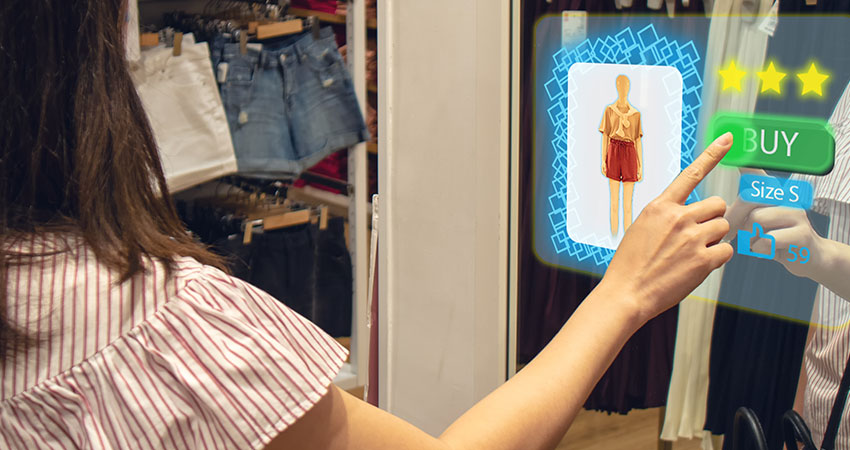With rising demands and increased competition, retailers are looking to capture the attention of digitally saturated consumers through enhanced, experiential shopping, in order to attract them to both their physical and virtual stores.
Further, these experiences must be unified and differentiated in order to stay relevant amid the dizzying array of options individuals have at their fingertips. To adapt to changing behaviors, retailers need to focus on an omnichannel approach.
Whether shopping online, on mobile or in store, the experience has to be consistent, seamless and intuitive. According to Harvard Business Review, 73% of customers shop across multiple channels, solidifying omnichannel’s importance.
“Omni” Means Everywhere
Omnichannel is a fully integrated, holistic approach that integrates touchpoints across channels in the shopping journey to deliver a consistent, convenient experience. It can include anything from mobile ordering and store pickup to mobile wallet payment and digital loyalty programs, bringing digital and physical closer together in new and exciting ways.
In fact, a FIS Retail Global Payments Report suggests that e-wallet purchases nearly surpassed debit card payments last year (20% and 21%, respectively), signifying a sea change in consumer purchasing decisions.
Today’s digitally-savvy customers expect the shopping experience to flow easily from one device to another, and from one location to another. The customer journey is dynamic, accessible and continuous, and omnichannel is the path to building the stores of tomorrow.
Pioneers in the Omnichannel Experience
Disney is an example of a company making omnichannel magic for consumers in both retail and its amusement parks. Launched this year, Disney partnered with Target to bring exclusive merchandise originally only available at Disney to select Target stores and online. Bringing the brand power of these two companies together, customers can enjoy immersive experiences on the Target mobile app and in store.
Similar to retail, Disney offers the My Disney Experience tool on its website where individuals can plan their entire Disney World trip online, from accommodations to restaurants to shopping to FastPass+ selections. And from there, guests can download Disney’s mobile app to stay organized every step of the way, including searching maps and checking wait times for their favorite rides. Not only is Disney offering a personalized experience through multiple channels, it is building a loyal customer base and setting the stage for what success in omnichannel can look like.
Just like Disney and Target, Nordstrom understands what it takes to entice today’s consumers, and is investing in digital transformation and an omnichannel approach to stay relevant. Last year, Nordstrom created a new way to engage customers through a revamped loyalty program, “The Nordy Club.” It offers more personalization, ways to save and access to exclusive events. Additionally, Nordstrom has tested experiential pop up shops, and currently offers reserve online, try on in store at some locations, adding a personal touch.
Bringing one more offering to Nordstrom’s shopping journey, the company announced Nordstrom Local stores to create a hyperlocal experience. Customers can shop online and then go to a store to pick up their items, with the option of a styling, repair or alteration. Earlier this year, Nordstrom Local stores were expanded in New York, focusing on access in high-demand areas. Nordstrom is a champion of an omnichannel experience rooted in speed, convenience and innovation.
On the Omnichannel Horizon
Omnichannel retail is the future of commerce, and consumers will stay hungry for more personalized, immersive shopping experiences. This also includes a seamless payment experience and more convenient offerings like mobile payments and e-wallets.
As the retail environment becomes more saturated, brands must innovate to capture the attention of today’s hyper-connected shoppers. Offering the right products at a compelling price is only the start; Retailers must meet customer expectations across channels to win and grow. From augmented reality providing buying recommendations to in-store facial recognition software that tracks shopper preferences, technology will continue to play a crucial role in retail.
According to IDG, 44% of retailers have already moved to a digital-first approach to the customer experience. As the industry continues to shift, this combination of advanced technology and integrated omnichannel services will create the kind of experience consumers will demand in the next decade.
Casey Bullock is General Manager, Global Ecommerce, North Americas at Worldpay from FIS

